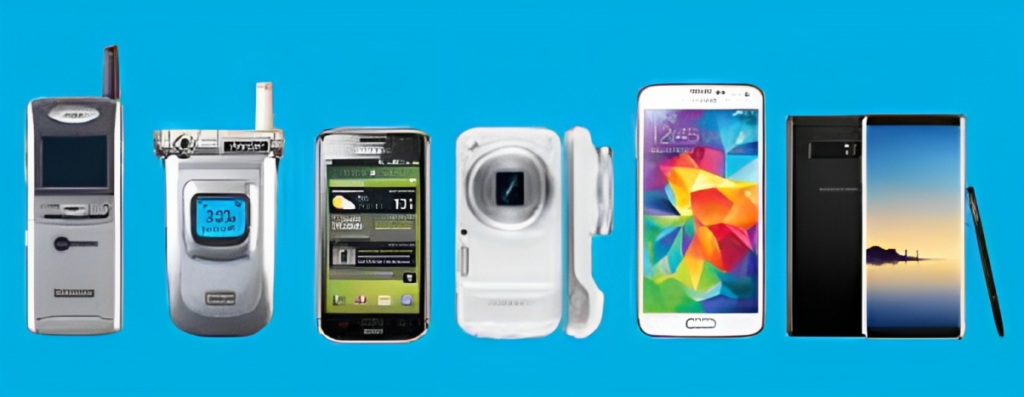From their humble beginnings to the present-day marvels, smartphone cameras have undergone a transformative journey. This transition wasn’t merely about megapixels; it was a revolution that blended technological prowess with consumers’ ever-evolving needs. Let’s delve deep into this fascinating evolution.

1. The Dawn of Camera Phones (2000s)
While professional photographers were engrossed with their SLRs, the world witnessed the birth of the first camera phone, the Sharp J-SH04, in Japan in 2000[^1^]. These rudimentary cameras didn’t promise impeccable image quality but heralded the era of capturing moments at any time.
2. Advancements Galore (2000s-2010s)
The initial pixelated images soon became clearer and sharper. By the late 2000s, camera phones were no longer mere novelties but started becoming everyday essentials. Innovations like optical image stabilization helped curb those shaky hand blurs, paving the way for better photography[^4^].
3. The Smartphone Camera Boom (2010s)
As point-and-shoot camera sales dwindled, smartphones began donning the photographer’s cap[^4^]. Titans like iPhone and Samsung Galaxy transformed phone photography, introducing high-resolution sensors, unparalleled image processing, and a game-changer – commendable low-light performance.
4. DSLR Features in Pocket Size (2010s)
Imagine fitting the capabilities of a bulky DSLR into your pocket! The 2010s saw smartphones doing precisely that, from offering manual controls to RAW image capture and even pro-grade video capabilities[^3^]. Photography enthusiasts rejoiced as creativity was now limitless and portable.
5. The Present and Beyond
Today, the innovation in smartphone photography is relentless. With features like computational photography, multi-lens setups, AI integrations, and the budding world of foldable phones promising bigger viewing pleasures[^6^], the future looks nothing short of spectacular.
FAQs
Q1: How have smartphone cameras impacted traditional camera sales? A: With the rapid advancements in smartphone camera tech, there has been a noticeable decline in point-and-shoot camera sales[^4^]. Many consumers find smartphones sufficient for their photography needs.
Q2: What role does AI play in modern smartphone cameras? A: AI in smartphone cameras aids in scene recognition, enhances low-light shots, optimizes settings for best results, and even improves post-processing. It makes photography more intuitive and user-friendly.
Q3: How have multiple camera lenses on smartphones changed photography? A: Multiple lenses offer versatility – from ultra-wide-angle shots to macro photography and optical zoom capabilities. They provide users with a suite of tools to capture a scene in various perspectives.
Q4: What can we expect from smartphone cameras in the future? A: While predictions are tricky, we can expect better low-light performance, advancements in computational photography, integration of AR and VR, and cameras designed specifically for foldable or flexible screens[^6^].
Conclusion
The metamorphosis of smartphone cameras is a testament to human ingenuity and the insatiable desire to capture life’s moments in the best light. From grainy images in the early 2000s to professional-grade photos today, this journey is a blend of technology, art, and convenience. As we stand on the cusp of even greater innovations, one thing is clear: the smartphone camera’s journey is far from over, and its best chapters may yet be unwritten.
